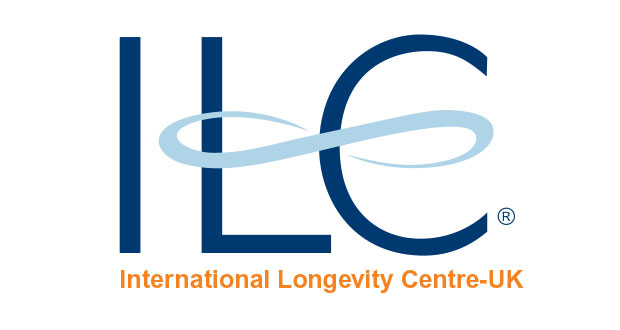An Investigation Into Growing Inequalities In Adult Lifespan
 Research from Cass Business School and the International Longevity Centre-UK(ILC-UK) has found growing inequalities in adult life expectancy.
Research from Cass Business School and the International Longevity Centre-UK(ILC-UK) has found growing inequalities in adult life expectancy.
Based on data from the Human Mortality Database, Professor of Statistics Les Mayhew and Dr David Smith measured the differences in age between the earliest 10% of adult deaths and the top 5% of survivors.
They found that while people in the UK are living longer than ever, the gap between the longest and shortest lifespans appears to be increasing. In particular, the life expectancy of those in the lowest and the highest socio-economic groups is diverging for the first time since the 1870s.
The full report, An investigation into inequalities in adult lifespan, is published today.
It finds:
In England and Wales, 5% of men that have attained the age of 30 are living on average to 96.0 years, 33.3 years longer than the lowest 10%.
This gap grew by 1.7 years between 1993, when it was at its narrowest, and 2009.
It is the first time since the 1870s that the gap in life expectancy is widening
Unhealthy lifestyles are the main causes of this widening gap.
For women, the longest surviving are reaching 98.2 years-old, 31 years longer than the lowest. The female gap reached its narrowest in 2005, but has since levelled out
Men in lower socio-economic groups are most likely to make damaging lifestyle choices.
Report author Professor Mayhew said:
“We looked at data from the 1870s onwards comparing England and Wales with France and Italy. It was clear that the first half of the 20th Century was characterised by a narrowing of the gap in life span as everyone benefited from improvements in clean drinking water, better housing, higher incomes and better health. Despite general rises in life expectancy after 1950, the life expectancy gap between men and women widened whilst inequalities in lifespan persisted rather than narrowing further.
“We found that since the 1990s lifespan inequalities in men have actually worsened in England and Wales. This is partly due to some men now living to exceptionally old ages and in many cases equalling women but at the other end of the distribution there has been a lack of progress. The research blames the widening disparity on poor life style choices rather than ambient risks which were prevalent in the first half of the 20th Century. Key amongst these is smoking, drinking and poor diet – choices that are more likely to be made by the poorest in society.
A previous UK Government set a target in 2003 that by 2010 inequalities in health outcomes should be reduced by 10% as measured by life expectancy at birth. Not only was the target missed but in fact the opposite has happened. The research concludes the answer is not so much about redistributing healthcare expenditure but more about changing lifestyle habits. The research argues that more powerful policy tools aimed at behavioural change are needed to steer people towards healthier lifestyles.”
Baroness Sally Greengross, ILC-UK Chief Executive added:
“This very timely report highlights how, despite huge increases in life expectancy, the gap between rich and poor is increasing for the first time since the 1870s. This trend is particularly worrying for society and policymakers must do more to begin to narrow this gap again. Preventing inequalities in ill health and disability must be a priority for policy action”.
Additional findings including comparisons to France and Italy:
Male life expectancy in England and Wales at age 30 is currently higher than in either France or Italy, although the margin of difference post 1950 is usually about one year or less. Female life expectancy in France and Italy is currently higher than in England and Wales and has improved by greater amounts since 1950.
In absolute terms the male age inequality gap is currently higher in France than in England or Wales which in turn is higher than in Italy. Currently it is 37.0 years in France as compared with 33.3 years in England and Wales and only 31.7 years in Italy. The fact that male age inequalities in Italy continued to narrow in period B by more than in period A is especially worthy of note.
In absolute terms, the female age inequality gap is currently lowest in Italy, standing at 28.2 years as compared with 30.6 years in France and 31.0 years in England and Wales. The level of improvement in Italy and France since 1950 has been notably higher than in England and Wales. In Italy, for example, the gap closed by 5.8 years but in England and Wales by only 3.1 years.
If gender differences in age related inequalities are compared, we find that the gap is currently bigger in France than in either Italy or England and Wales and that it also continues to widen. In England and Wales the gender gap in age inequalities has been the lowest of all three countries and remarkably similar throughout periods A and B. However, this similarity ceased after 1990 when the male gap started to re-widen.





